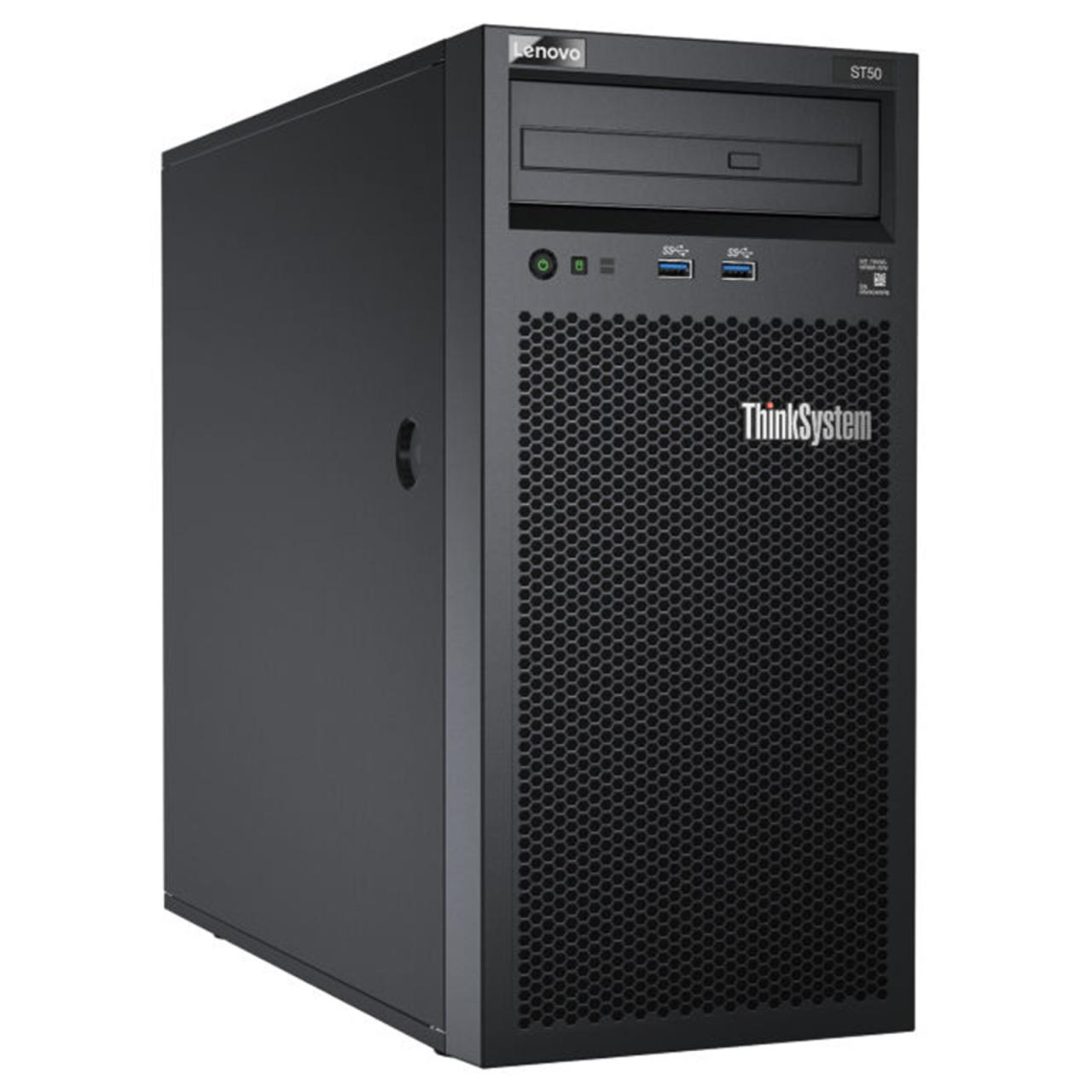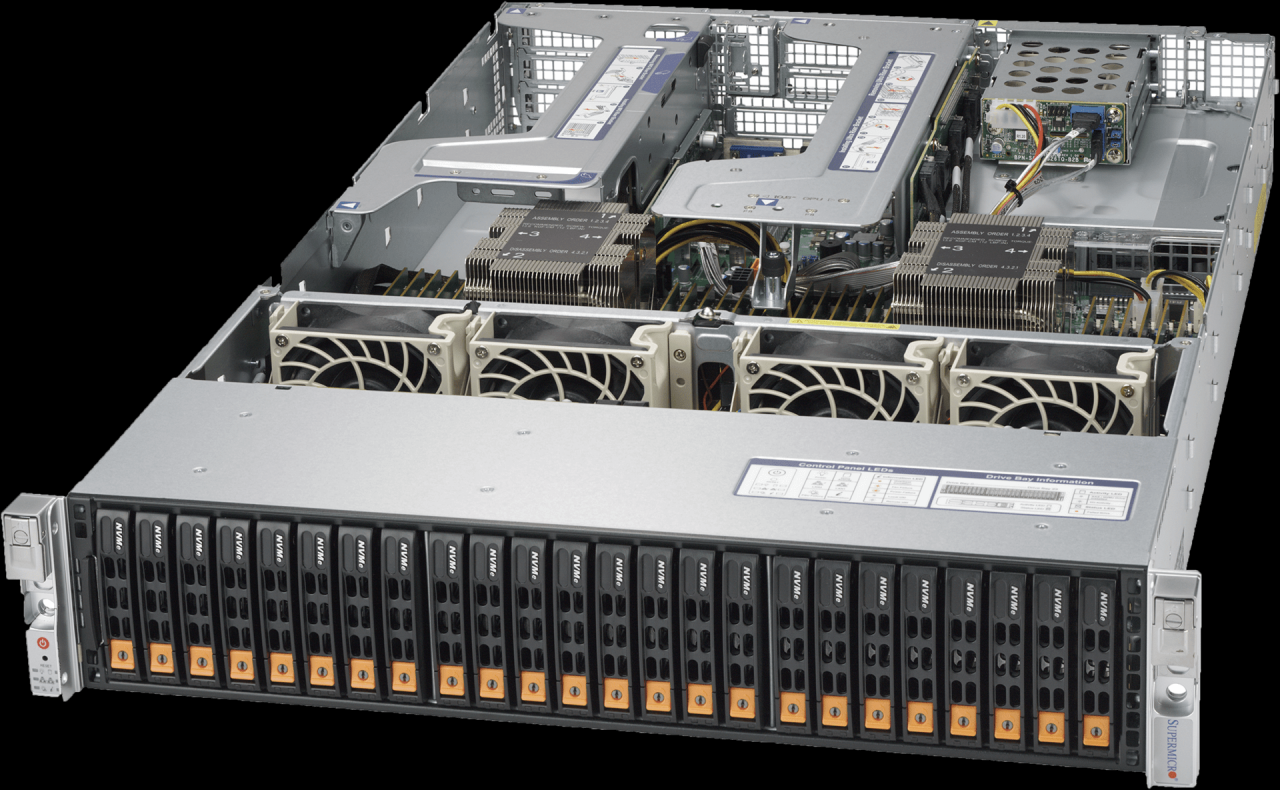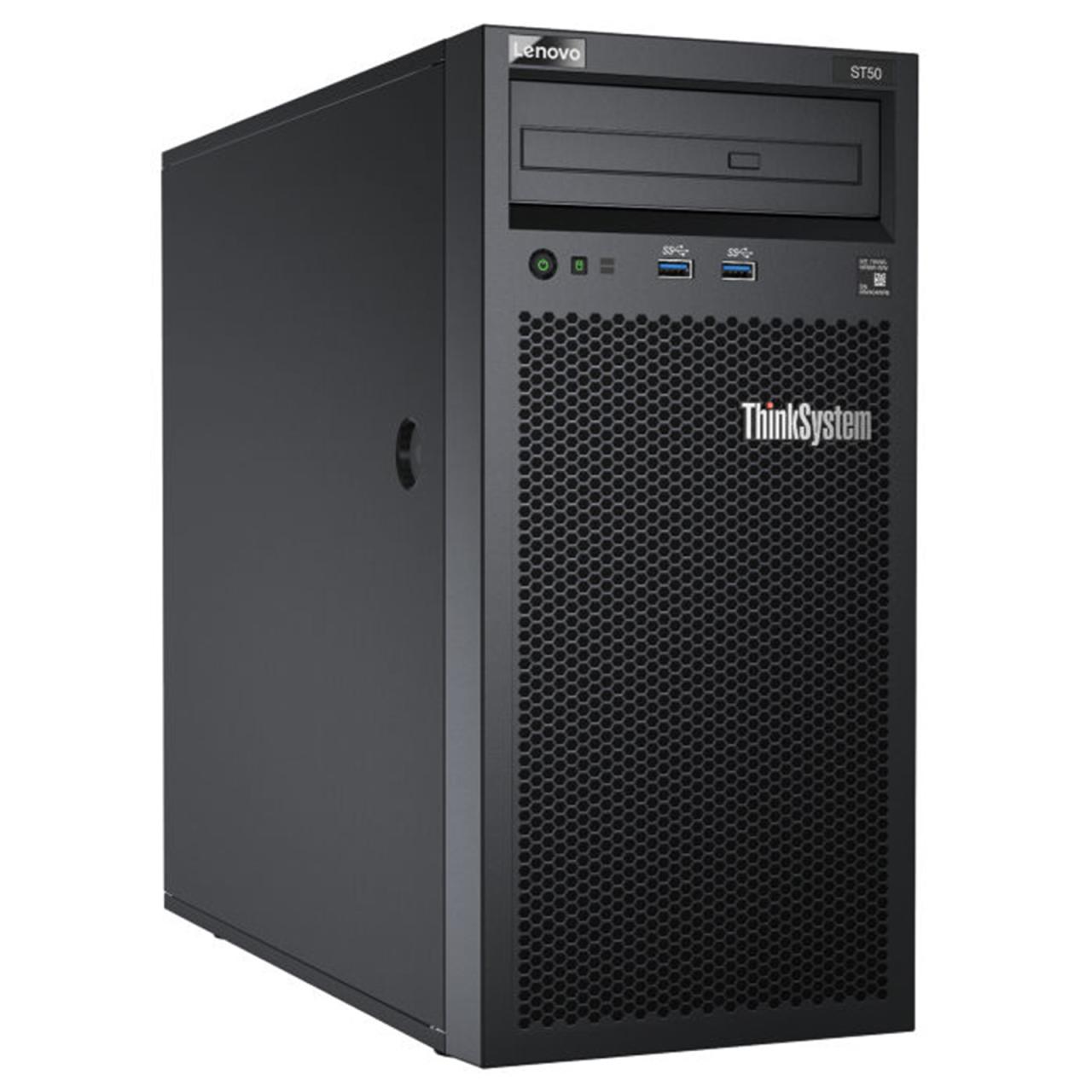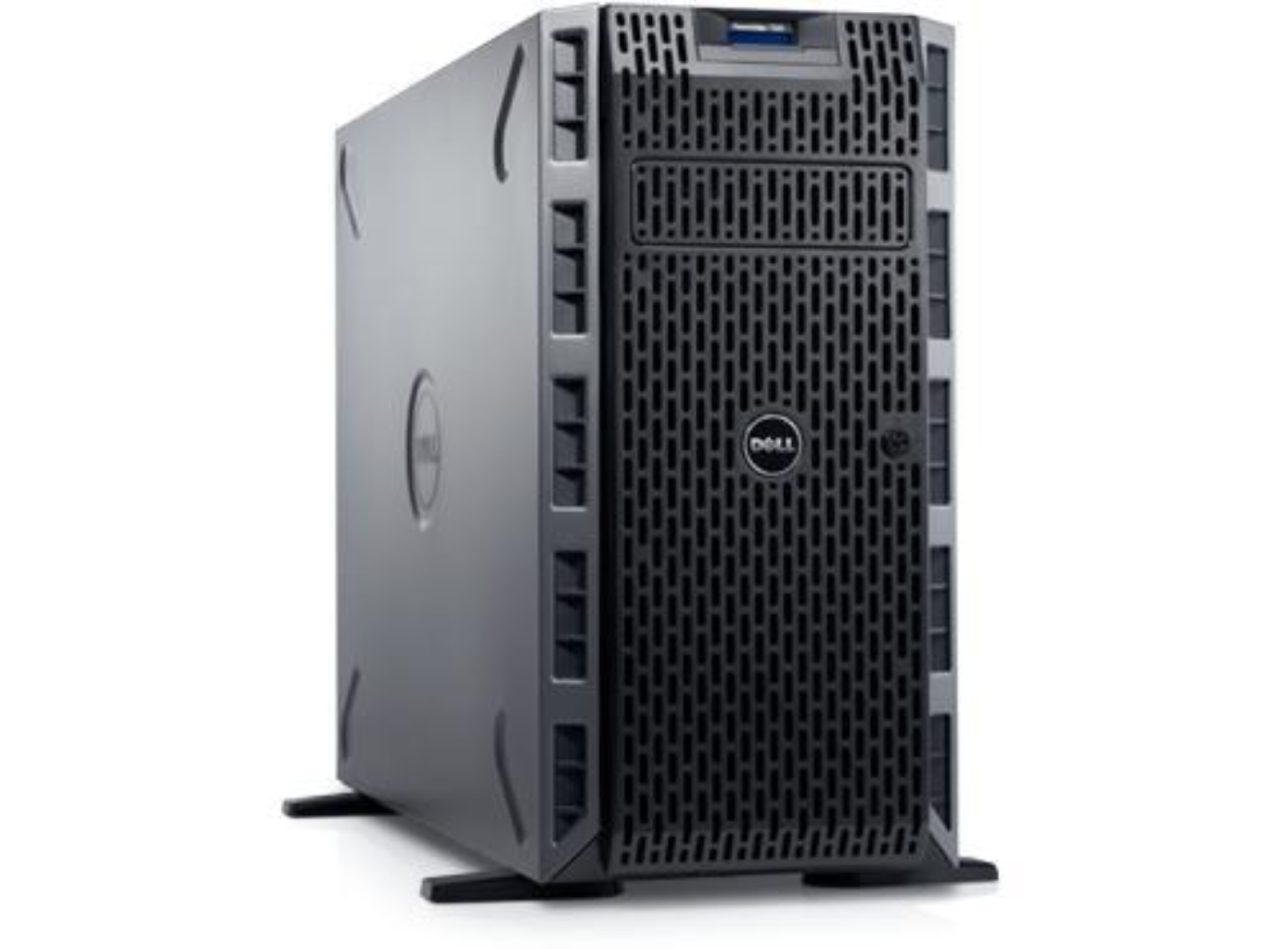Microservers, the tiny powerhouses of the computing world, are changing the way we think about servers. They are compact, energy-efficient, and incredibly versatile, making them ideal for a wide range of applications. From hosting websites to powering edge computing and IoT deployments, microservers are proving to be a game-changer in the world of technology.
The rise of microservers is driven by several factors, including the need for cost-effective solutions, the increasing demand for mobile and cloud-based services, and the growing importance of data processing at the edge. As technology continues to advance, microservers are becoming increasingly powerful and sophisticated, offering a compelling alternative to traditional server infrastructure.
Key Features and Characteristics
Microservers are compact, energy-efficient computing devices designed to handle specific workloads efficiently. They are a significant departure from traditional servers, offering several advantages in terms of cost, power consumption, and scalability.
Size and Power Consumption
Microservers are significantly smaller than traditional servers, often resembling small boxes or even appliances. Their compact size allows for efficient use of space and reduced cooling requirements. The reduced physical footprint translates into lower power consumption, making them ideal for environments where energy efficiency is paramount. For example, a microserver might consume only a few watts of power compared to hundreds of watts for a traditional server.
Processing Capabilities
Microservers are typically equipped with specialized processors optimized for specific tasks. These processors are designed to handle high workloads efficiently while consuming minimal power. Microservers are often used for tasks such as web hosting, database management, and content delivery networks (CDNs).
Benefits of Using Microservers
- Cost-effectiveness: Microservers are significantly less expensive than traditional servers, both in terms of initial purchase price and ongoing operational costs. This cost reduction is attributed to their lower power consumption and smaller physical footprint.
- Energy Efficiency: Microservers are highly energy-efficient, consuming significantly less power than traditional servers. This translates into reduced electricity bills and a smaller carbon footprint.
- Scalability: Microservers can be easily scaled up or down to meet changing workload demands. This scalability is achieved by deploying multiple microservers in a cluster, allowing for flexible resource allocation.
Limitations of Microserver Technology
- Limited Processing Power: Microservers typically have less processing power than traditional servers, making them unsuitable for demanding applications like high-performance computing or large-scale data analytics.
- Limited Expandability: Microservers often have limited expandability options, making it challenging to upgrade or add more storage or memory.
- Complexity of Management: Managing a cluster of microservers can be more complex than managing a single traditional server. This complexity requires specialized tools and expertise for effective administration.
Use Cases and Applications
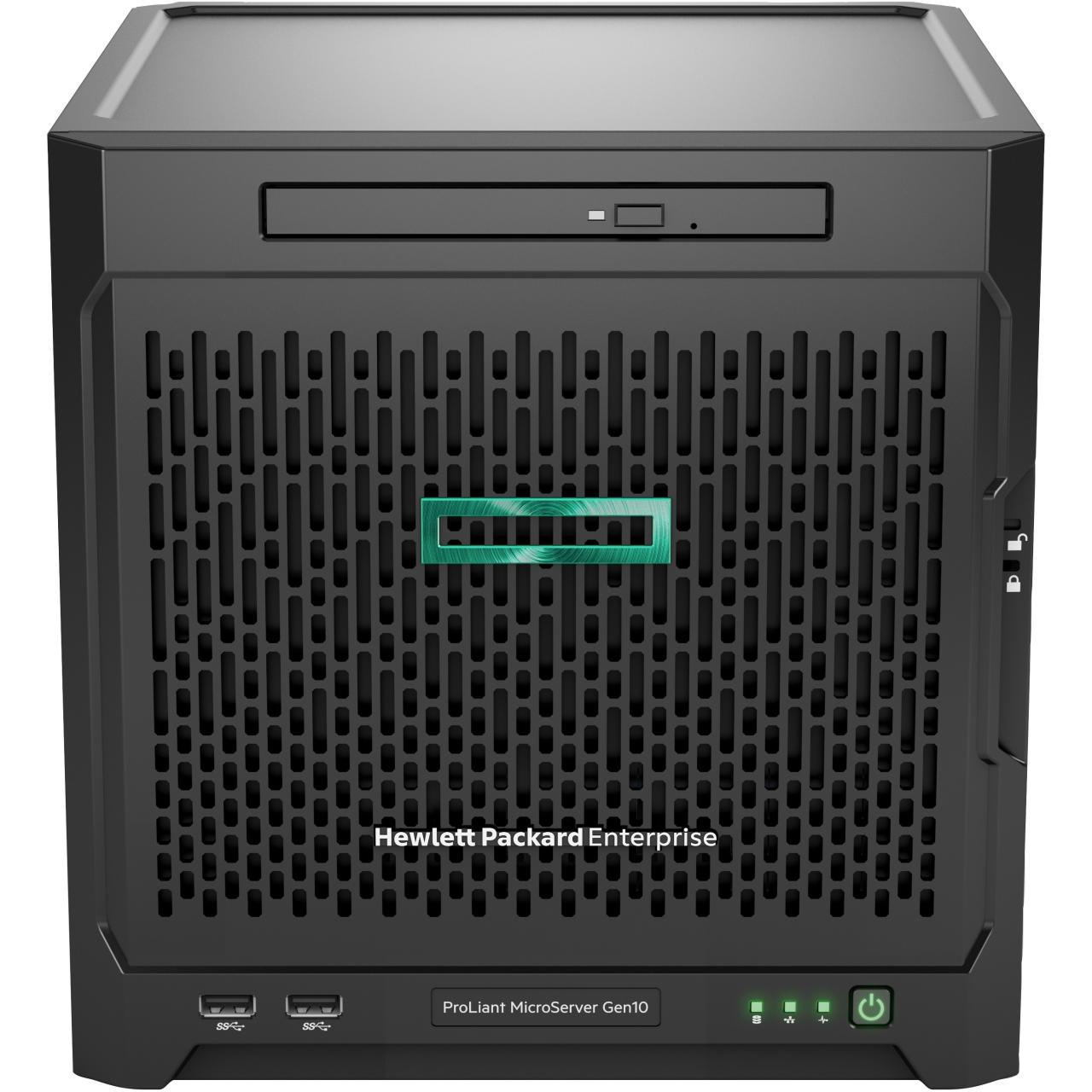
Microservers, with their compact size, low power consumption, and affordability, are well-suited for a wide range of applications, particularly in scenarios where traditional servers are too bulky, power-hungry, or expensive.
Web Hosting
Microservers are increasingly popular for hosting websites, especially for small businesses and individuals. Their low cost and low power consumption make them an attractive alternative to traditional servers, especially for websites with low traffic.
Edge Computing
Microservers play a crucial role in edge computing, where data is processed closer to the source, reducing latency and improving responsiveness. This is particularly beneficial for applications such as IoT deployments, real-time data analysis, and content delivery networks (CDNs).
IoT Deployments
Microservers are ideal for supporting IoT deployments, providing a platform for processing data from connected devices, managing communication protocols, and enabling secure data storage. Their compact size and low power consumption make them suitable for deployment in diverse environments, from industrial settings to smart homes.
Retail
Microservers are used in retail environments for various purposes, including point-of-sale (POS) systems, inventory management, customer analytics, and digital signage. Their compact size allows for easy integration into existing infrastructure, while their low power consumption reduces operating costs.
Healthcare
Microservers are used in healthcare for applications such as patient monitoring, medical imaging, and telehealth. Their reliability and security features make them suitable for handling sensitive patient data, while their low power consumption is essential for medical devices that require long battery life.
Manufacturing
Microservers are used in manufacturing for various applications, including industrial automation, process control, and data collection. Their ruggedness and reliability make them suitable for harsh industrial environments, while their low power consumption reduces energy costs.
Real-world Examples
- Raspberry Pi: The Raspberry Pi is a popular microserver used for various applications, including web hosting, media streaming, and home automation. Its low cost and ease of use have made it a favorite among hobbyists and educators.
- Intel NUC: Intel NUCs are small, powerful microservers that are often used for edge computing applications, such as data analysis and IoT deployments.
- Dell Wyse Thin Clients: Dell Wyse Thin Clients are microservers designed for use as virtual desktop infrastructure (VDI) clients. They provide a cost-effective way to access virtual desktops from any location.
Security Considerations: Microserver
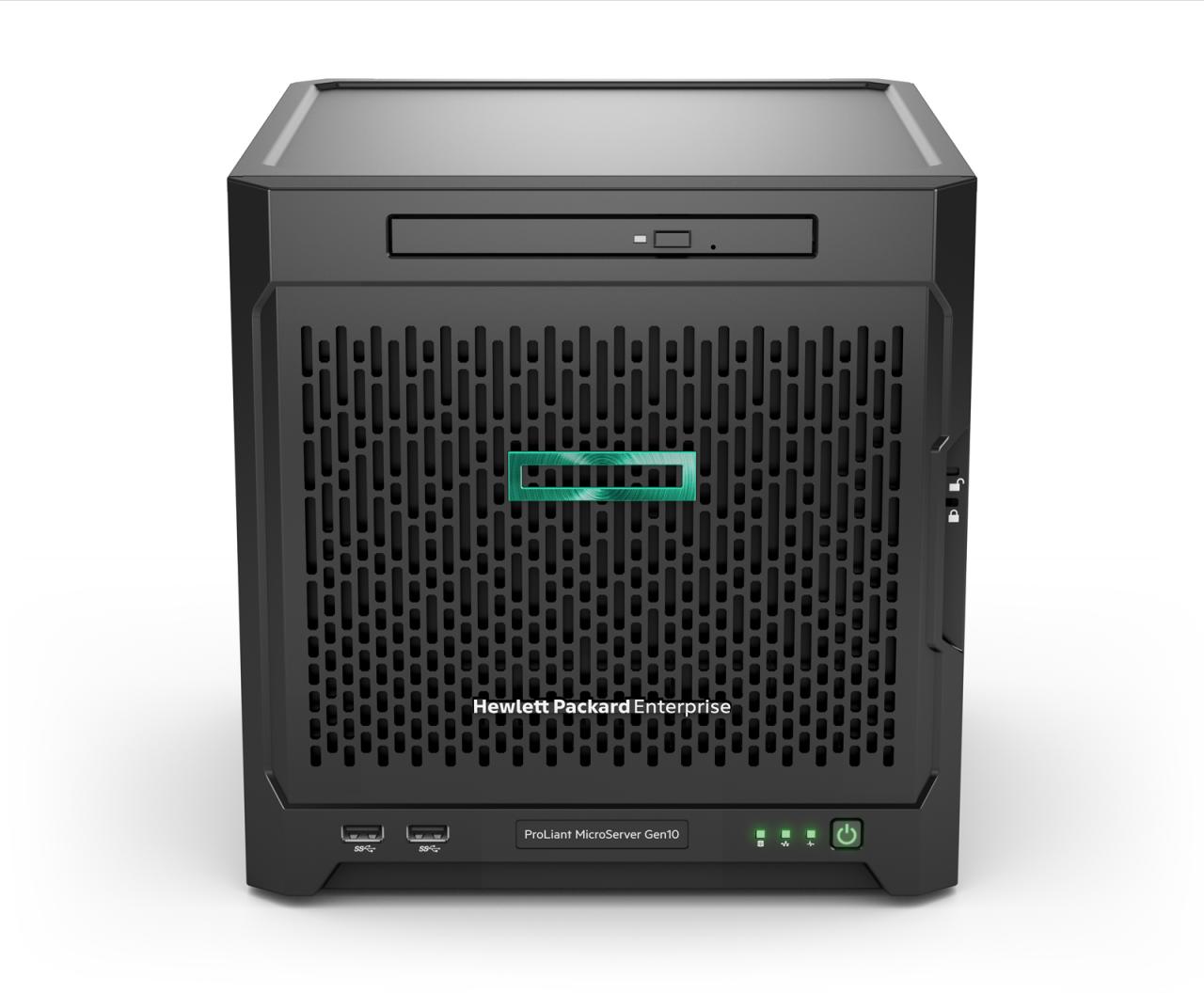
Microservers, due to their small size and often remote deployment, present unique security challenges. While they offer flexibility and efficiency, they are also susceptible to various threats, including data breaches and unauthorized access. Implementing robust security measures is crucial to ensure the integrity and confidentiality of data and applications hosted on microservers.
Security Risks
Microservers are particularly vulnerable to security risks due to their limited resources and often remote deployment.
- Data Breaches: Microservers, like any other server, can be targeted by attackers seeking to steal sensitive data. These attackers may exploit vulnerabilities in the server’s operating system, applications, or network configuration.
- Unauthorized Access: Unauthorized access to microservers can lead to data theft, system compromise, or even denial-of-service attacks. Attackers may attempt to gain access through brute-force attacks, exploiting weak passwords, or utilizing malware.
- Denial-of-Service Attacks: Microservers can be overwhelmed by a flood of requests, rendering them inaccessible to legitimate users. These attacks can be launched by malicious actors seeking to disrupt service or extort money.
- Malware Infection: Microservers can be infected with malware through various means, such as malicious email attachments, compromised websites, or vulnerabilities in applications. Malware can steal data, compromise system security, or launch further attacks.
Best Practices for Securing Microservers
To mitigate these risks, implementing robust security measures is essential. These include:
- Firewall Implementation: Firewalls act as a barrier between the microserver and the external network, blocking unauthorized access and malicious traffic. They can be implemented at the hardware or software level.
- Encryption: Encryption protects data in transit and at rest, making it unreadable to unauthorized parties. Encrypting data stored on microservers and data transmitted between the server and clients is crucial.
- Access Control Mechanisms: Implementing strong access control mechanisms ensures only authorized users can access the microserver and its resources. This involves using robust authentication methods, such as multi-factor authentication, and limiting user privileges.
- Regular Security Updates: Keeping the microserver’s operating system, applications, and security software up-to-date is essential to patch vulnerabilities and prevent exploitation.
- Security Monitoring: Regularly monitoring the microserver for suspicious activity and security events helps identify and respond to threats promptly.
- Security Auditing: Regularly auditing the microserver’s security configuration and practices helps identify weaknesses and areas for improvement.
Emerging Security Technologies
Emerging technologies are enhancing microserver protection:
- Zero Trust Security: Zero trust security assumes no user or device can be trusted by default. It enforces strict access control and authentication measures, continuously verifying user identities and device security.
- Behavioral Analytics: Behavioral analytics uses machine learning to detect anomalies in user behavior and system activity, identifying potential threats.
- Security Orchestration and Automation: Security orchestration and automation platforms streamline security processes, enabling faster threat detection, response, and remediation.
- Cloud-Based Security Solutions: Cloud-based security solutions offer centralized management and monitoring of microservers, providing comprehensive protection against threats.
Deployment and Management
Deploying and managing microservers requires a different approach than traditional monolithic applications. Microservers are designed for agility and scalability, necessitating a focus on automation, containerization, and cloud-native technologies.
Deployment Strategies
The deployment of microservers involves several key considerations:
- Containerization: Containers, like Docker, provide a lightweight and portable environment for packaging and running microservers. They ensure consistent execution across different environments and simplify deployment.
- Orchestration: Tools like Kubernetes orchestrate the deployment, scaling, and networking of containers, managing the lifecycle of microservers within a cluster.
- Continuous Integration and Continuous Delivery (CI/CD): Automated pipelines streamline the build, test, and deployment processes, enabling frequent updates and rapid iteration of microservers.
Automation and Cloud Platforms
Automation plays a crucial role in simplifying microserver management:
- Infrastructure as Code (IaC): Tools like Terraform or CloudFormation define infrastructure resources as code, enabling automated provisioning and configuration of microserver environments.
- Configuration Management: Tools like Ansible or Puppet automate the configuration of microservers, ensuring consistency and reducing manual errors.
- Cloud Platforms: Cloud providers like AWS, Azure, and GCP offer managed services for deploying and managing microservers, providing scalability, reliability, and security.
Scaling Microserver Deployments
Scaling microserver deployments presents unique challenges:
- Horizontal Scaling: Adding more instances of microservers to handle increased load. This approach leverages the inherent scalability of microserver architectures.
- Service Discovery: Ensuring that microservers can find and communicate with each other, especially during scaling operations. Tools like Consul or Kubernetes services provide this functionality.
- Load Balancing: Distributing traffic across multiple instances of microservers to prevent overloading individual instances.
Monitoring and Maintenance, Microserver
Monitoring and maintenance are essential for ensuring the health and performance of microserver deployments:
- Log Aggregation: Centralized logging systems capture and analyze logs from multiple microservers, providing insights into application behavior and potential issues.
- Performance Monitoring: Tools like Prometheus or Grafana monitor key performance metrics of microservers, identifying bottlenecks and areas for optimization.
- Health Checks: Regular health checks ensure that microservers are functioning correctly and can be automatically restarted if necessary.
Best Practices for Scaling Microserver Deployments
Several best practices can enhance the scalability of microserver deployments:
- Design for Failure: Microservers should be designed to tolerate failures, ensuring that the system remains operational even if individual instances experience issues.
- Use Stateless Services: Stateless services are easier to scale, as they do not store data locally, eliminating the need for complex data synchronization mechanisms.
- Optimize for Network Performance: Efficient network communication is critical for microserver performance, especially during scaling operations.
Cost Analysis and ROI
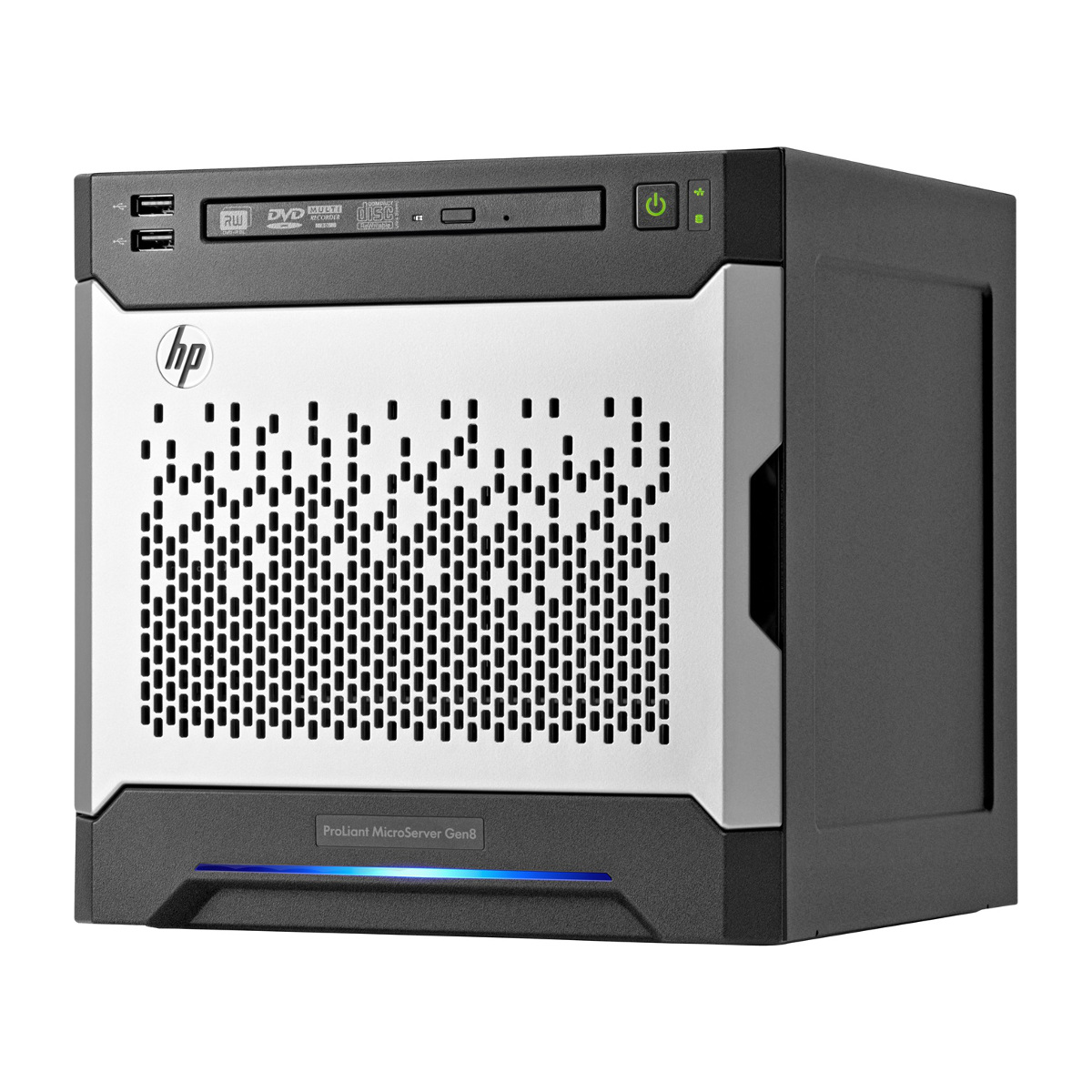
Microservers, with their compact size and efficient resource utilization, offer a compelling alternative to traditional server solutions. However, evaluating the cost-effectiveness of adopting microservers requires a thorough analysis of both initial and ongoing expenses. This section delves into the cost factors associated with microserver deployments, examines the return on investment (ROI) in various use cases, and highlights the economic benefits of choosing microservers.
Cost Factors Associated with Microserver Deployments
The cost of deploying microservers encompasses hardware, software, and operational expenses. Understanding these factors is crucial for making informed decisions about microserver adoption.
- Hardware Costs: Microservers are typically more affordable than traditional servers, particularly in terms of initial purchase price. The lower cost is attributed to their smaller size and reduced component requirements. However, it’s important to consider the overall cost of a microserver deployment, which includes the cost of multiple microservers to meet the required processing power, as well as any necessary peripherals such as network switches and storage devices.
- Software Costs: Software costs for microservers can be similar to those for traditional servers, depending on the operating system and applications used. Open-source software can significantly reduce software costs, making microservers an attractive option for budget-conscious organizations.
- Operational Costs: Operational costs for microservers are generally lower than those for traditional servers. This is due to lower power consumption, reduced cooling requirements, and simplified management. The smaller footprint of microservers also contributes to lower space requirements and potentially lower real estate costs.
Return on Investment (ROI) for Microservers
The ROI of microservers can vary depending on the specific use case. However, in general, microservers can offer a significant return on investment due to their efficiency and cost-effectiveness.
- Edge Computing: Microservers are well-suited for edge computing applications, where low latency and high availability are critical. By deploying microservers closer to users and data sources, organizations can reduce network latency and improve application performance. The lower cost of microservers makes them an ideal choice for edge deployments, especially in situations where traditional server infrastructure is cost-prohibitive.
- DevOps and Continuous Integration/Continuous Delivery (CI/CD): Microservers can accelerate DevOps processes and CI/CD pipelines. Their agility and rapid deployment capabilities enable developers to quickly spin up and tear down environments, facilitating faster development cycles and increased productivity. The lower cost of microservers makes them an attractive option for organizations looking to reduce infrastructure costs while enhancing their development workflows.
- Small and Medium-Sized Businesses (SMBs): Microservers provide an affordable and scalable solution for SMBs. They can handle the workloads of small businesses without the high initial investment required for traditional servers. The lower power consumption and reduced maintenance requirements of microservers also make them an economical choice for SMBs.
Economic Benefits of Adopting Microservers
Microservers offer a range of economic benefits compared to traditional server solutions. These benefits can translate into significant cost savings and improved profitability for organizations.
- Reduced Hardware Costs: Microservers are typically more affordable than traditional servers, offering a lower initial investment. This can be particularly advantageous for organizations with limited budgets.
- Lower Operational Costs: Microservers consume less power and require less cooling than traditional servers, resulting in lower energy costs. Their smaller footprint also reduces space requirements, potentially lowering real estate costs.
- Increased Efficiency: The efficiency of microservers can lead to improved performance and resource utilization. This can translate into faster application processing, reduced latency, and increased productivity.
- Enhanced Scalability: Microservers are highly scalable, allowing organizations to easily add or remove servers as their needs change. This flexibility helps organizations optimize their infrastructure and avoid over-provisioning, leading to cost savings.
Concluding Remarks
Microservers represent a significant shift in the computing landscape, offering a more efficient and scalable approach to server infrastructure. As the demand for computing power continues to grow, microservers are poised to play an increasingly important role in the future of technology. Their ability to deliver high performance, cost-effectiveness, and energy efficiency makes them a compelling choice for businesses and individuals alike.
Microservers are powerful tools for small businesses and home users alike. They can be used to host websites, run applications, and store data. If you’re looking to take your DIY home improvement projects to the next level, you might want to consider using a microserver to manage your smart home devices or even create your own home automation system.
Once you’ve got your microserver set up, you’ll have the power to control everything from your lighting and temperature to your security system.

